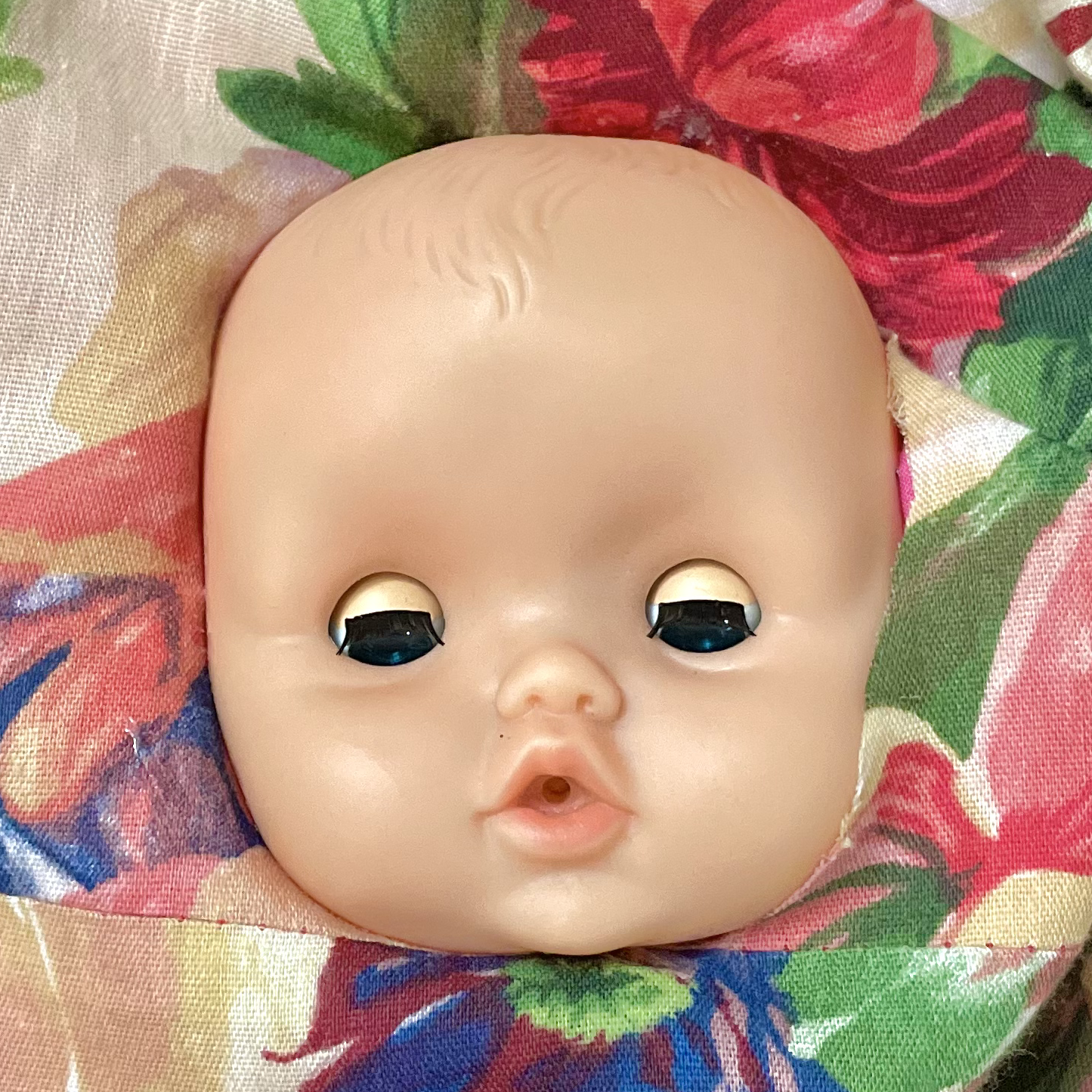the second beast, my Father’s Child, 2024
performance, video, plush toy
Part of the identity of a Catholic church—both in its building typology and its institutional framework—is its civic and social obligation, which is to serve its “public” as an open meeting place (ie. congregation), and as a space for finding acceptance and solace, especially in the context of constructing a community, a home, or finding a place of respite. The physical site supports this notion, with its large, open floor plans and infrastructure that accounts for housing a generous number of bodies. Paradoxically, the grandiosity of a church and its status as an institutional building is exclusionary by nature, especially when it comes to its original mission to serving under-resourced and/or ostracized communities. The practices the Church upholds compared to the ideologies it preaches are misaligned at best and antithetical at its worst. For example, the infrastructural elements such as defining a set number of open hours, or even the unspoken panoptic social performance that governs the social dynamics within a Catholic church all point to the type of public it necessitates: a “civilized”, “clean”, “quiet”, and “obedient” public. St. Michael’s Cathedral Basilica, in my opinion, is one of the many religious institutional buildings that is emblematic of this paradoxical (and perhaps hypocritical) relationship between the building’s programming and its afforded occupants.
Drawing on this context, the second beast takes the form of a public performance, using the Catholic doctrine of the Economy of Salvation, framed through the lens of the False Prophet (of the Book of Revelation) to play with the possibilities of who is allowed to take refuge in a Catholic church. The Economy of Salvation dictates the divine providence of humanity’s deliverance from sin and evil, and therefore refers to all of creation as resources that are deemed necessary to further God’s plan. In this sense, characters such as the False Prophet become key figures that fulfill divine providence, yet are not afforded the same kind of social obligation of solace or acceptance, instead becoming damned without being given agency or a chance at redemption. In the performance, I crossdressed, imitating the dress style of a nun (a habit and veil) and sat in the pews, while carrying a plush lamb (with six eyes, six, ears, and six tails) and eating unblessed communion wafers. By inhabiting the aesthetics of unthreatening bodies (a nun and a stuffed animal), there is a tension between the external visuality (which signals a sense of belonging and innocence) and the internal enmity (as a queer body and the physical embodiment of the Antichrist). This work calls into question the relationship between the Church’s institutional social obligations towards their public and their exclusionary practices that govern how they create their publics through the lens of the tragedy of providence and the perfect victim, and the economy of salvation.

